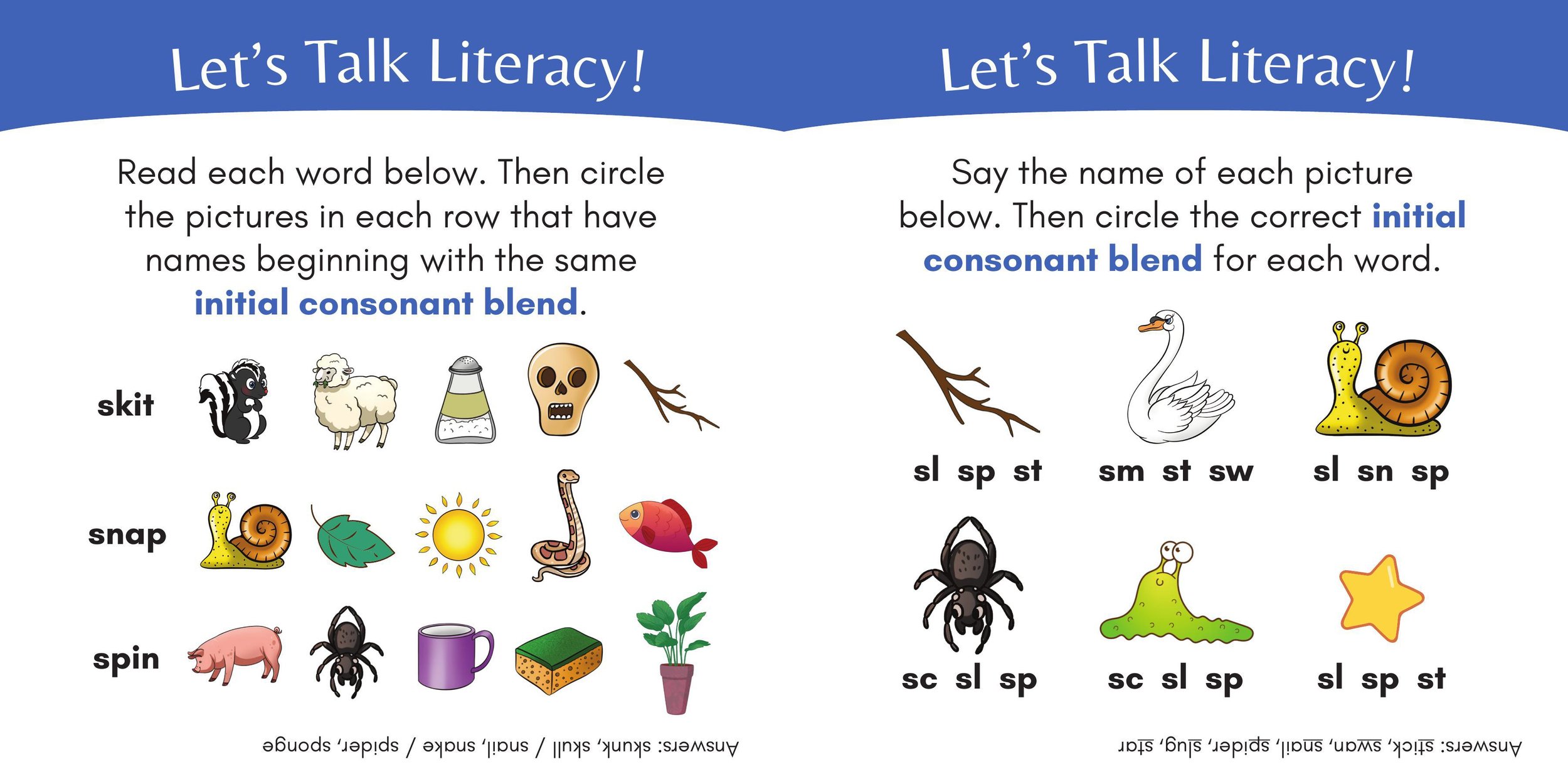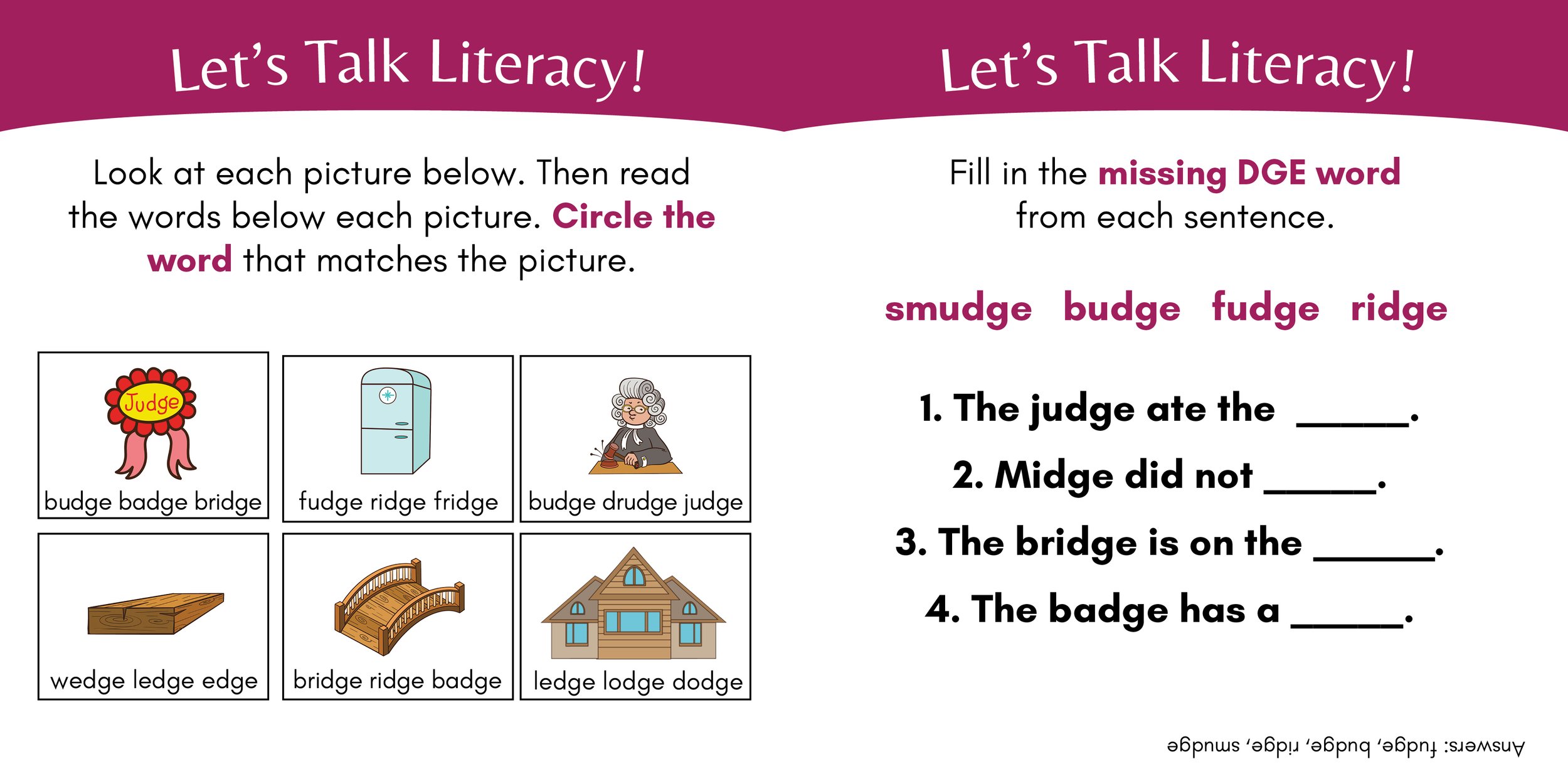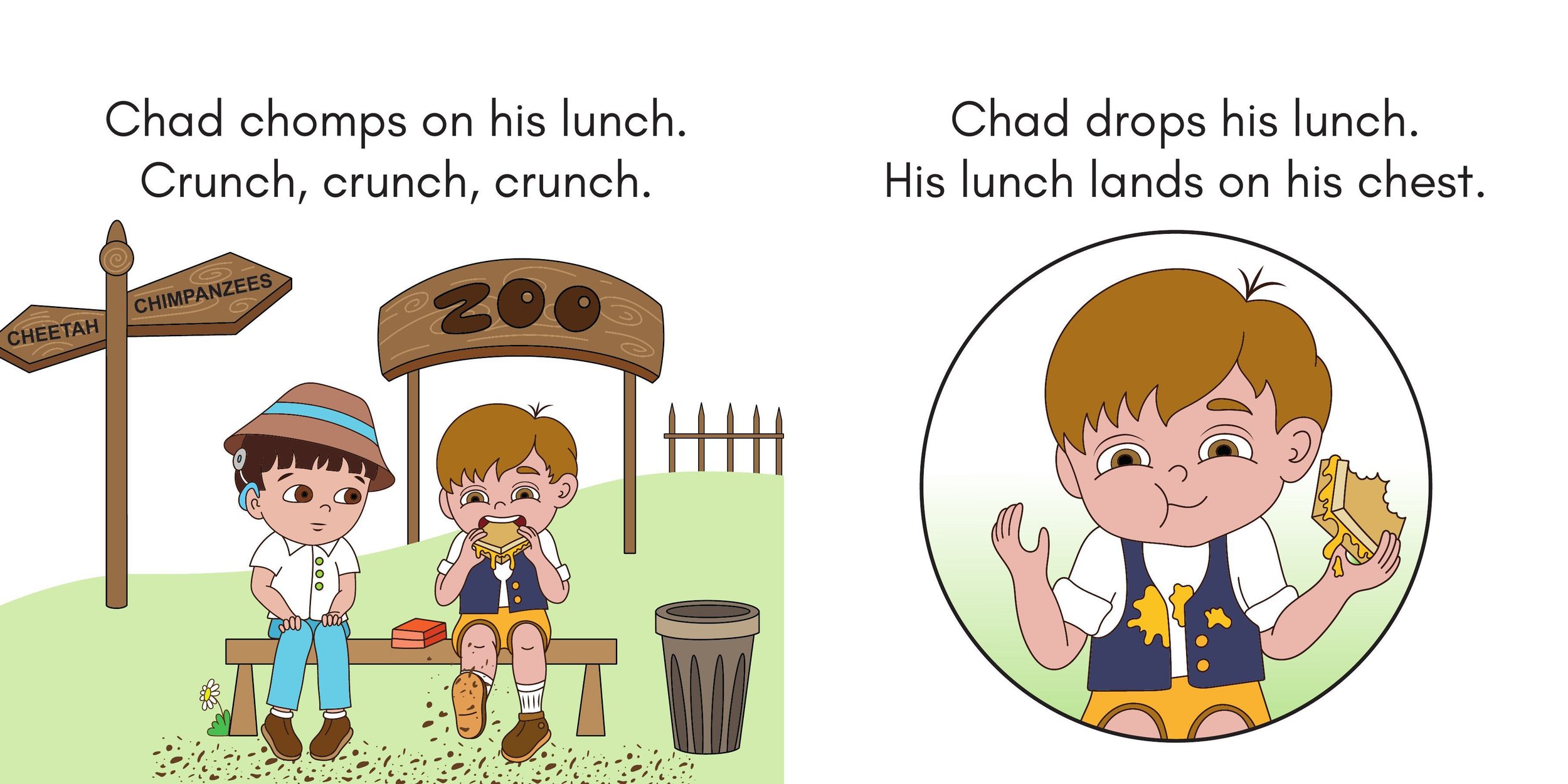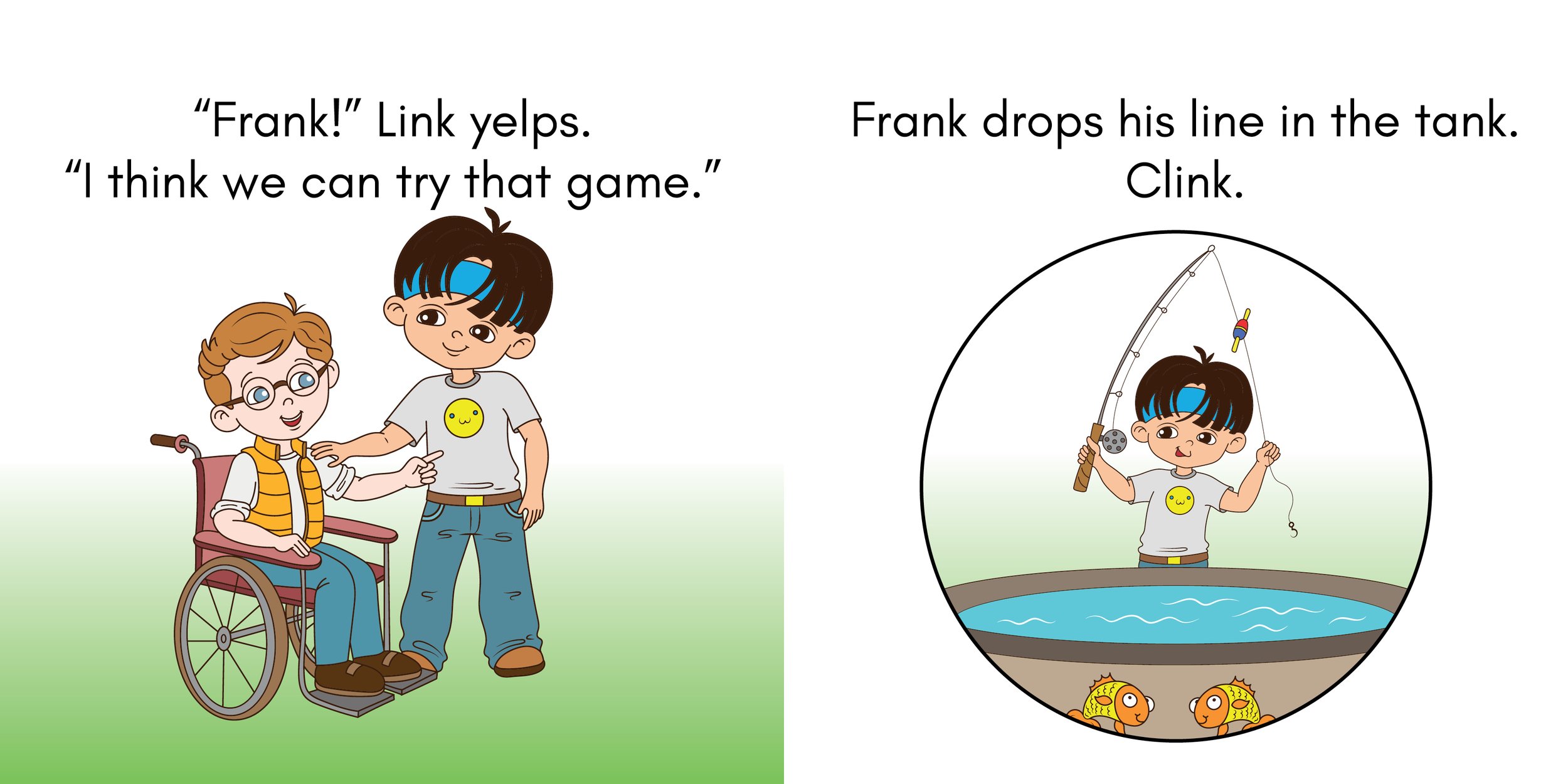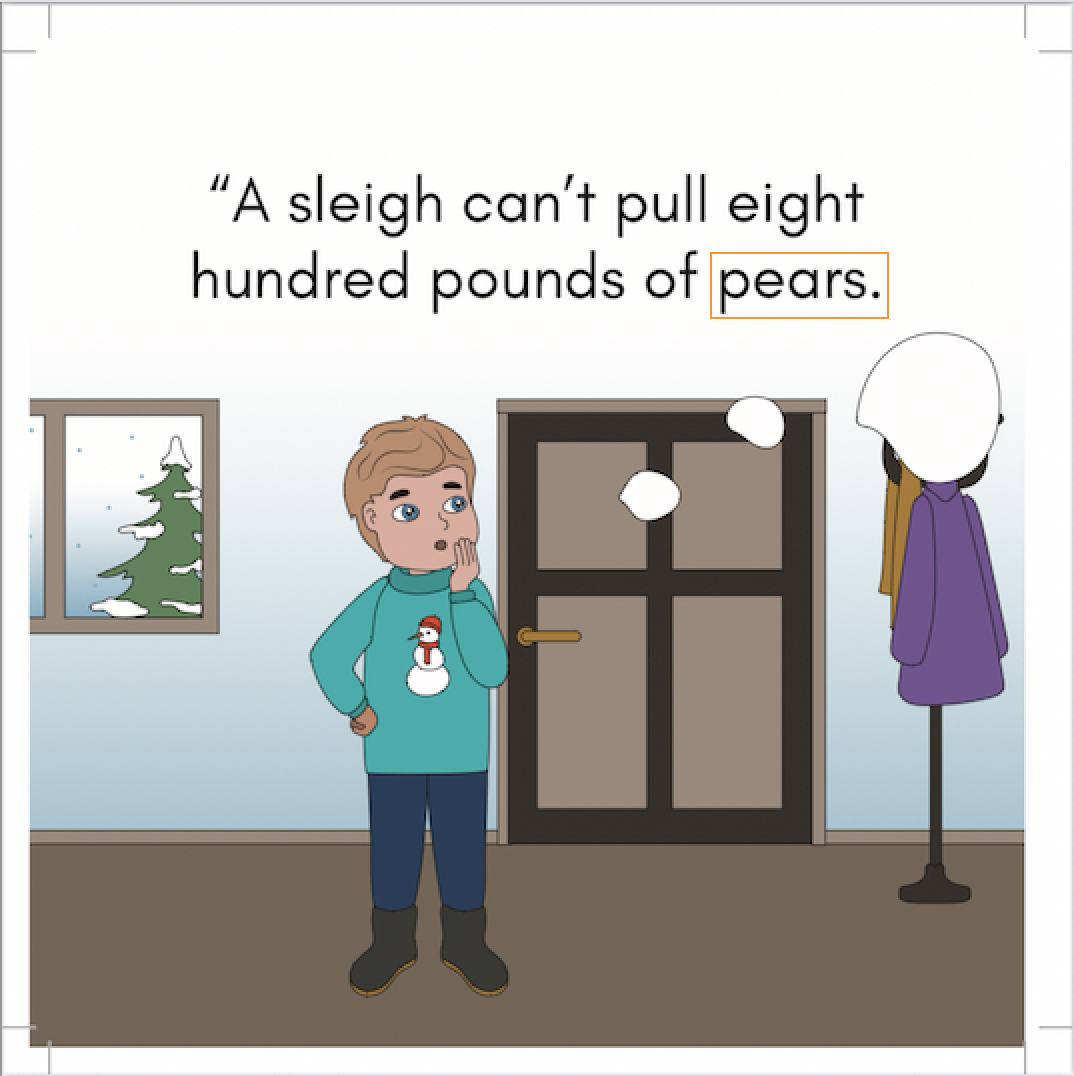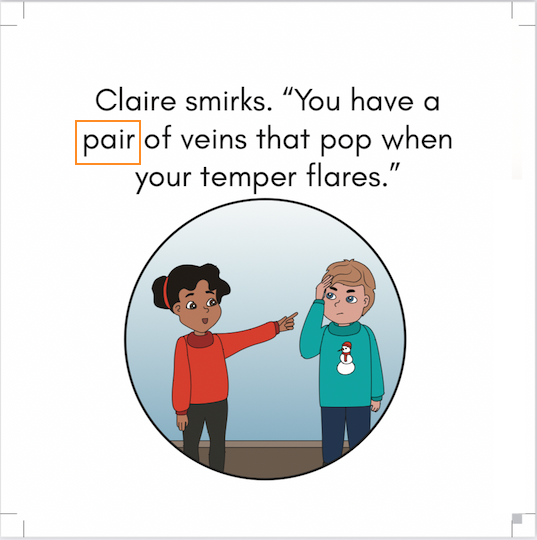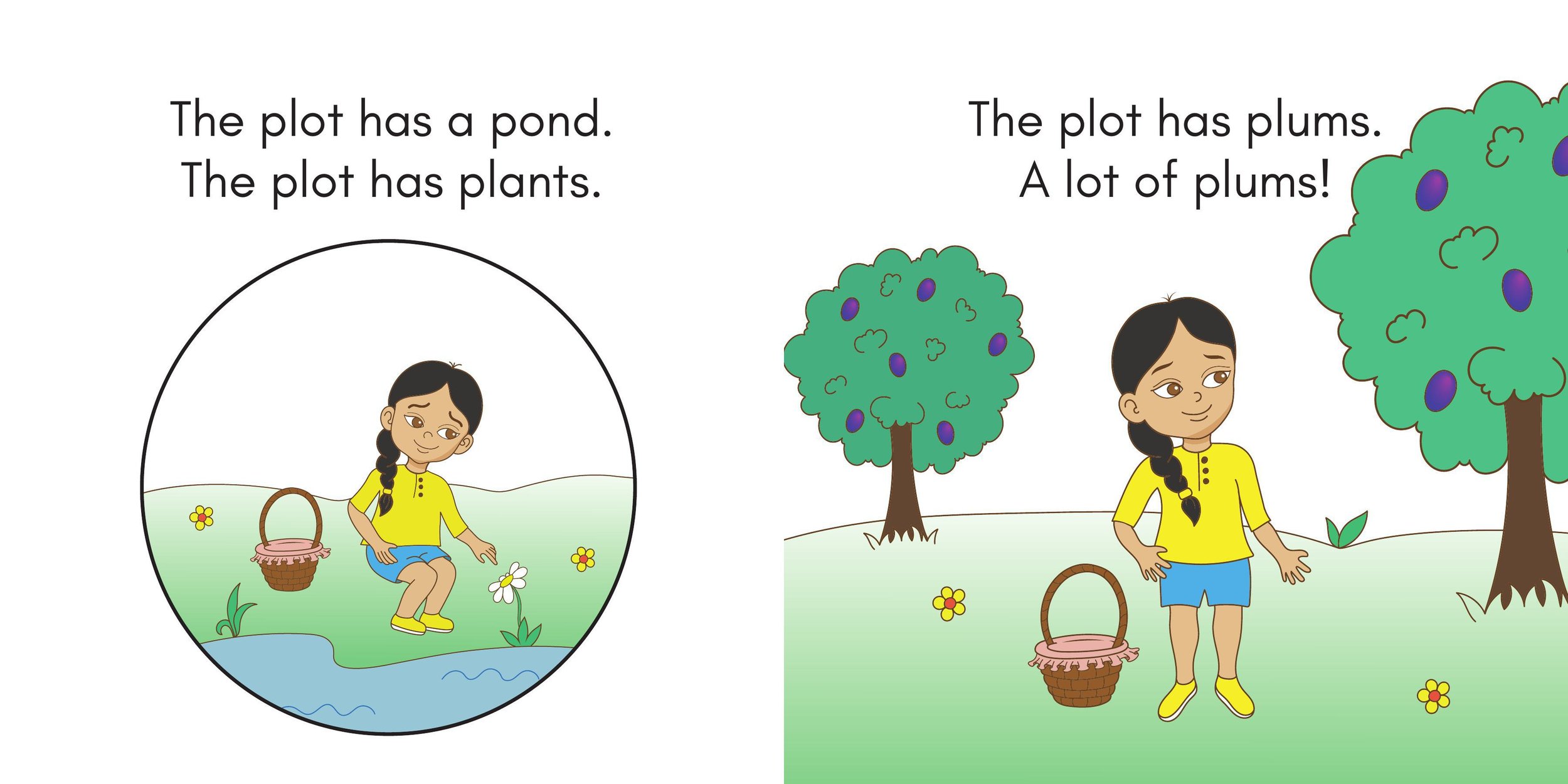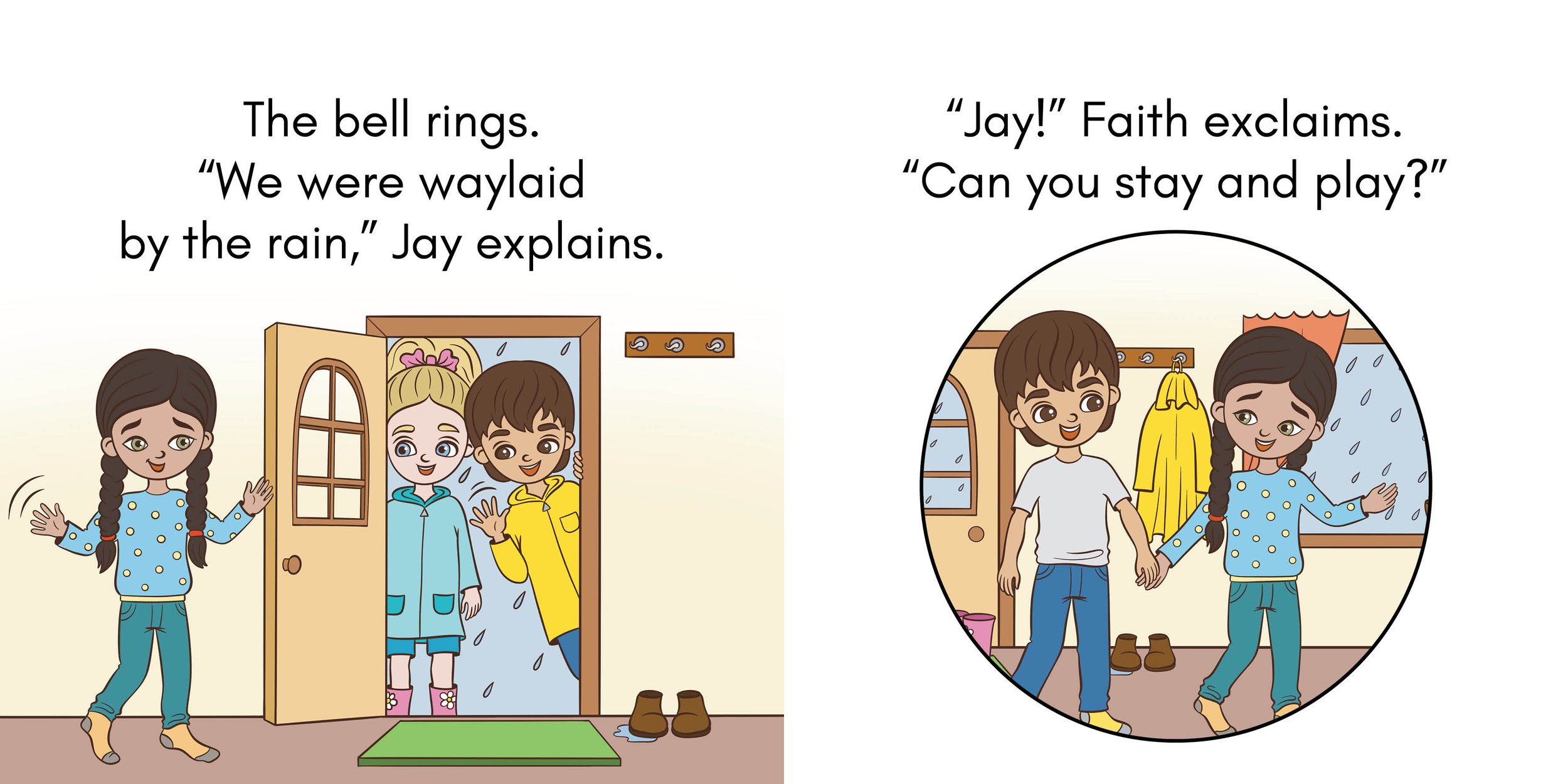This post contains affiliate links.
It was the summer of 2021, and fellow mom-friend Brooke Vitale and I got together to catch up over breakfast. It was raining, outdoor dining was closed, and so we sat in my car with the windows cracked open—just enough to let in airflow, not enough to let in the rain—and enjoyed the morning discussing what back-to-school might look like in this new pandemic era and what was on our professional plates.
Brooke is an author with 20 years experience in the publishing industry. I’m a literacy specialist with 20 years in the education field. Brooke shared her plan of starting an independent publishing company, and I asked if she had thoughts about publishing decodable texts—books that beginning readers can actually read based on a clear scope and sequence, and without using cues that aren’t rooted in phonics instruction.
That day, the idea for the (aff link) Charge into Reading Decodable Readers was born. Brooke would use her experience and talent as a storywriter, and I was thrilled to fill the position of literacy consultant.
Here we are about two years in with a complete product that includes 9 stages of decodable readers. I love them. And NOT just because I’ve been a part of the creation process, but because these are the decodables I wish I had had years ago. Why? Each of these decodable sets includes six features that truly make them a must-have.
1) DECODABLE WORDS THAT FOLLOW A SEQUENCE
There are 9 stages in the Charge into Reading decodable series, and each book in each stage methodically introduces words relevant to the phonics sequence for that stage while building upon knowledge of spelling patterns in previous stages. Words are thoughtfully used to align with the sequence. (The sequence is available here.)
STAGE 1: Short Vowels
STAGE 2: Consonant Blends
STAGE 3: Digraphs
STAGE 4: Long Vowel VCE
STAGE 5: Word Ending Spelling Patterns
STAGE 6: R-Controlled Vowels
STAGE 7: Vowel Teams
STAGE 8: Diphthongs
STAGE 9: Advanced Spelling Patterns
2) Complete transparency
Before placing an order, you can get a full list of words in each text. This transparency allows the buyer to preview all the words in each book. Are there any words you will need to pre-teach for vocabulary or other purposes? Do you just want to know the content and word choices for the text you will introduce to your young readers? No surprises. A complete list is available prior to purchasing.
3) LIMITED HIGH FREQUENCY WORDS
We all know that most books can’t be written with JUST the words from the sequence for that specific stage, although these come very close! Ultimately, writers have to make room for some high-frequency words—these may be words that are decodable but with patterns readers haven’t yet learned (we or for), or words with irregular spelling patterns (said). There are a very limited number of such words in these texts, but again, there is also full transparency so that the buyer will know which words they are ahead of time.
4) a storyline! (AND ADDITIONAL LITERACY ACTIVITIES)
Each book was thoughtfully written with a true storyline. Each 14-page story has an added 8 pages of sound-specific literacy activities and is bound together in a just-right-size book for little hands.
5) Incidental INclusion of diverse characters
Children need to see themselves reflected in stories as main characters who are not there for the purpose of educating others about who they are or what their challenges are. This was something Brooke and I discussed early on, and we have made a point of ensuring that every stage of the series features diverse main characters whose job is not to educate others about their identities or disabilities.
6) tier 2 vocabulary
Who says decodable vocabulary has to be dull? Perhaps one of my favorite features of these books is the academic vocabulary. Some of these words are multi-meaning words which can be the basis of an engaging language activity. Let’s take one of the Stage 2 texts, The Plum Plot. How many different meanings of plot can you think of? The main events of a book, to secretly plan and carry out an action, and a parcel of land. In a Stage 9 text, The Sleigh, all three homophones pear, pair, and pare are used. As we move along each stage, we include words such as: mulch, cove, hedge, sparse, boast, waylaid, and trawler, just to name a few!
If you get a chance to check out these books for your young reader(s), I’d love to know what you think!











